No products in the cart.
Sale
Depreotide | CAS No. 161982-62-3
Original price was: $33.00.$26.00Current price is: $26.00.
Depreotide is a synthetic somatostatin receptor-targeting peptide that can be labeled with technetium-99m to form 99mTc-depreotide, a molecular imaging probe. It is widely used in tumor imaging research, somatostatin receptor studies, and radionuclide-drug development.
Description
Contents
hide
Product Description
Depreotide (CAS No. 161982-62-3) is a synthetic somatostatin analog peptide, specifically engineered for its high affinity to somatostatin receptors (SSTRs), which are overexpressed in many tumors, including neuroendocrine tumors, lymphomas, and lung cancers. Its most recognized application is as a radiopharmaceutical precursor, where it is labeled with technetium-99m (99mTc) to form 99mTc-depreotide, a highly effective molecular imaging agent for nuclear medicine research.
Background on Somatostatin Receptors in Cancer Imaging
Somatostatin is a natural neuropeptide that regulates hormone secretion and cell proliferation. Tumors often overexpress SSTR subtypes (particularly SSTR2, SSTR3, and SSTR5), making them excellent biomarkers for molecular imaging and targeted radionuclide therapy. Depreotide was designed to mimic somatostatin’s binding profile, with enhanced stability and radiolabeling compatibility.
Depreotide in Imaging Applications
99mTc-depreotide was developed as a diagnostic radiopharmaceutical, widely studied in oncology research.
It allows visualization of tumors by binding to somatostatin receptor-positive tissues, providing non-invasive imaging data.
Clinical research has evaluated its utility in lung cancer, lymphoma, and neuroendocrine tumor imaging, often compared with other radiolabeled peptides like octreotide derivatives.
Research Applications
Oncology Research: Imaging tumor tissues expressing somatostatin receptors.
Nuclear Medicine Development: Precursor peptide for labeling with 99mTc, serving as a basis for new imaging agents.
Pharmacokinetics & Biodistribution Studies: Research on peptide-based imaging agent clearance and organ uptake.
Radionuclide-Drug Synthesis: Model compound in the development of radiolabeled peptides for diagnostics and therapy.
Comparative Radiopharmaceutical Research: Evaluated alongside newer agents like 68Ga-DOTA-peptides to understand improvements in receptor-targeting.
Advantages
High affinity to somatostatin receptors (SSTR2 > SSTR3/5).
Technetium-99m labeling compatibility, providing gamma-emitting tracer properties.
Rapid clearance from non-target tissues, increasing tumor-to-background contrast.
Synthetic stability, enabling reproducible results in preclinical studies.
In summary, Depreotide is a research-grade peptide analog that plays an essential role in tumor imaging, radionuclide-drug design, and nuclear medicine research.
Product Specifications
| Property | Details |
|---|---|
| Product Name | Depreotide |
| CAS Number | 161982-62-3 |
| Compound Type | Somatostatin analog peptide |
| Molecular Formula | C<sub>63</sub>H<sub>86</sub>N<sub>14</sub>O<sub>15</sub>S |
| Molecular Weight | ~1299 g/mol |
| Appearance | White to off-white lyophilized powder |
| Purity | ≥ 98% (HPLC) |
| Solubility | Soluble in water, PBS, and buffer solutions |
| Storage Conditions | -20°C, protected from light and moisture |
| Applications | Tumor imaging research, 99mTc radiolabeling studies, radionuclide-drug synthesis |
| Target | Somatostatin receptor subtypes SSTR2, SSTR3, SSTR5 |
Extended Specification Notes
Molecular Design: Depreotide retains somatostatin’s receptor binding while enhancing stability and radiolabeling efficiency.
Radiolabeling Properties: Its structure is optimized for 99mTc chelation, ensuring stable complexes in vivo.
Purity: ≥98% guarantees minimal interference in imaging and biodistribution studies.
Applications: Preclinical nuclear medicine studies, receptor affinity assays, and experimental tumor imaging models.
Mechanism of Action
Depreotide exerts its biological activity through high-affinity binding to somatostatin receptors (SSTRs) expressed on tumor cells and neuroendocrine tissues.
Stepwise Mechanism
Somatostatin Receptor Binding:
Depreotide binds selectively to SSTR2, SSTR3, and SSTR5, initiating receptor-mediated uptake in tumor tissues.Radiolabeling with Technetium-99m:
When complexed with 99mTc, Depreotide becomes a gamma-emitting tracer, enabling single-photon emission computed tomography (SPECT) imaging.Tumor Localization:
The radiolabeled peptide accumulates in SSTR-positive tumors, providing high-contrast imaging compared to surrounding normal tissue.Clearance Profile:
Depreotide shows rapid renal clearance, reducing background noise and enhancing imaging specificity.Comparison to Other Analogs:
Unlike older octreotide derivatives, Depreotide demonstrated balanced receptor affinity and stable technetium binding, which made it an important first-generation imaging tool before the advent of 68Ga-DOTA peptides.
Research Implications
Useful for studying receptor expression in oncology models.
Provides a platform for developing novel radionuclide-drugs.
Aids in understanding pharmacokinetics and biodistribution of peptide-based imaging tracers.

Side Effects (Research Context)
In preclinical and clinical research contexts, radiolabeled Depreotide has been associated with the following effects:
Mild Injection Site Reactions – local erythema, itching, or swelling.
Gastrointestinal Effects – transient nausea or abdominal discomfort in animal and early human studies.
Allergic Reactions – rare hypersensitivity due to peptide structure.
Radiation-Associated Risks – dependent on the isotope (99mTc), not the peptide itself.
Renal Uptake – accumulation in kidneys may complicate imaging of nearby tumors.
Note for Research Use: These side effects are context-dependent, often related to radiolabeling and imaging conditions rather than the unlabeled peptide itself.
Disclaimer
This product is intended for laboratory research use only. Not for human use, medical treatment, or diagnostic application. Information provided is strictly for educational and experimental purposes.
Keywords
Depreotide, CAS 161982-62-3, 99mTc-depreotide, somatostatin analog, tumor imaging peptide, nuclear medicine research, radionuclide-drug precursor, SSTR imaging agent, cancer research peptide, peptide-based radiopharmaceutical.
Additional information
| Weight | 0.9 kg |
|---|---|
| Dimensions | 28 × 53 × 28 cm |
Q1: What is Depreotide?
A: Depreotide is a synthetic somatostatin analog peptide used for tumor imaging and nuclear medicine research.
Q2: What is the CAS number of Depreotide?
A: 161982-62-3.
Q3: What are the main research applications of Depreotide?
A: Tumor imaging, somatostatin receptor studies, radionuclide-drug synthesis, and nuclear medicine development.
Q4: What is 99mTc-depreotide?
A: It is the technetium-99m labeled form of Depreotide, used in SPECT imaging of SSTR-positive tumors.
Q5: Which tumors can be studied with Depreotide?
A: Neuroendocrine tumors, lung cancer, lymphomas, and other SSTR-expressing malignancies.
Q6: How does Depreotide work?
A: It binds to somatostatin receptors (SSTR2, SSTR3, SSTR5), enabling tumor localization and imaging when radiolabeled.
Q7: What are the advantages of Depreotide over native somatostatin?
A: Greater stability, optimized receptor binding, and compatibility with technetium-99m labeling.
Q8: Can Depreotide be used in humans?
A: No, this product is for research use only, not for human administration.
Q9: What storage conditions are recommended?
A: Store lyophilized Depreotide at -20°C, protected from light and moisture.
Q10: What is the difference between Depreotide and DOTA-peptides (e.g., DOTATATE)?
A: Depreotide is an earlier generation somatostatin analog optimized for 99mTc imaging, whereas DOTA-peptides are designed for 68Ga PET imaging and radionuclide therapy.
Q11: What precautions should be taken during research use?
A: Proper lab safety for radiolabel handling, peptide storage, and avoidance of direct human/animal exposure outside approved studies.


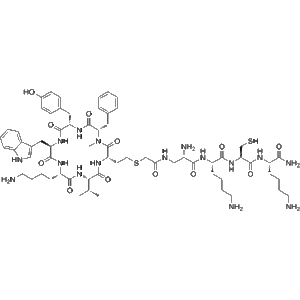

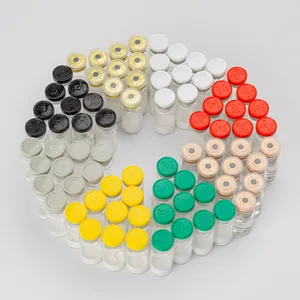


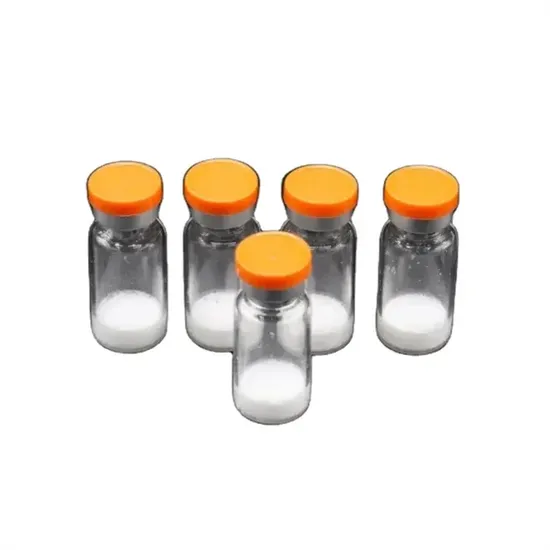

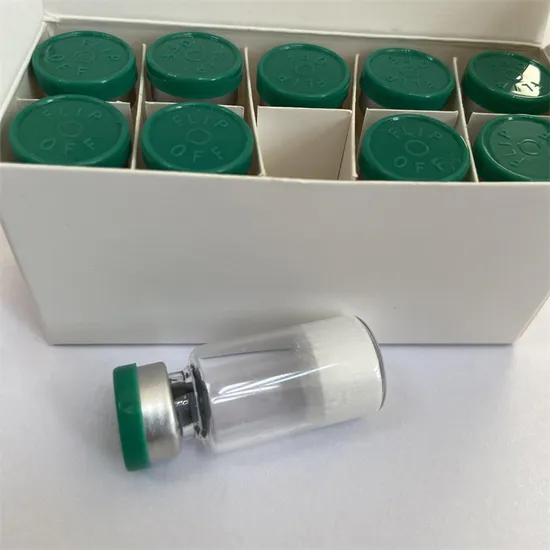
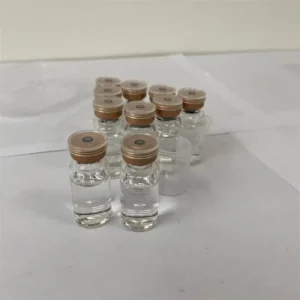
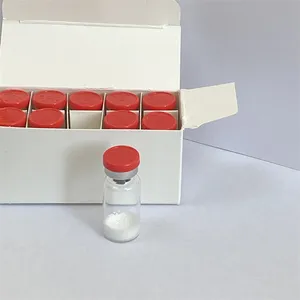
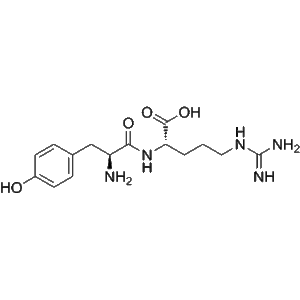
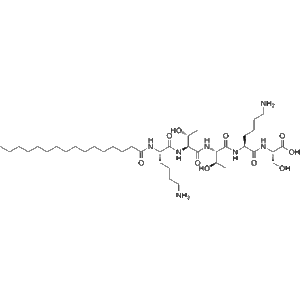
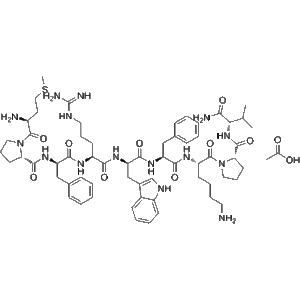
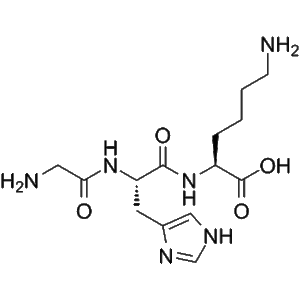
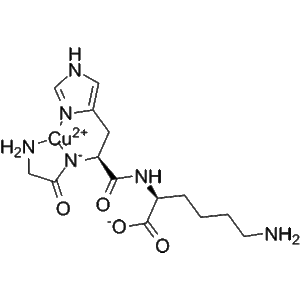
Reviews
There are no reviews yet.